17 Old-Fashioned Etiquette Rules That Would Baffle People Today
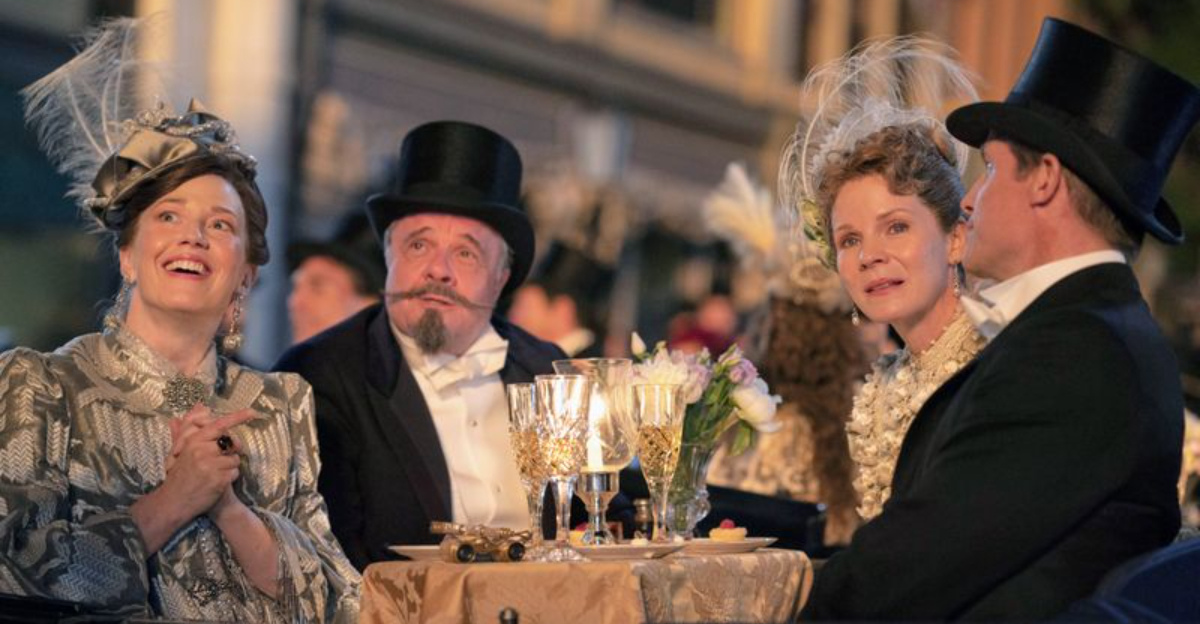
Etiquette has always been a fascinating reflection of cultural norms and societal values.
Over the years, what was once considered polite or necessary may now seem downright peculiar. This list explores 20 old-fashioned etiquette rules that, while once standard, might leave people scratching their heads today.
From dining practices to social interactions, these rules highlight the ever-evolving nature of manners and decorum, illustrating how societal expectations can shift dramatically over time. Get ready for a journey through the quirky and sometimes bewildering world of historical etiquette.
1. Gloves Were Mandatory for Public Outings
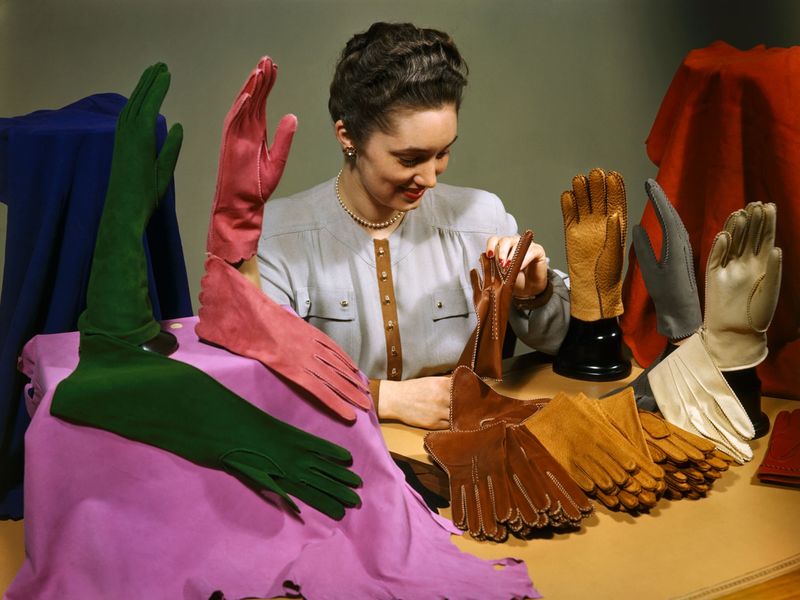
Back in the early 1900s, leaving the house without gloves was akin to stepping out without shoes.
Gloves were a staple of proper attire for both men and women, serving as a marker of sophistication and class. They protected hands from the elements and preserved modesty. Today, gloves have become more of a fashion statement than a necessity.
The sight of someone wearing gloves on a summer day might raise eyebrows, once an essential component of an ensemble, gloves now add a touch of nostalgia to any outfit.
2. Gentlemen Must Walk on the Street Side of the Sidewalk
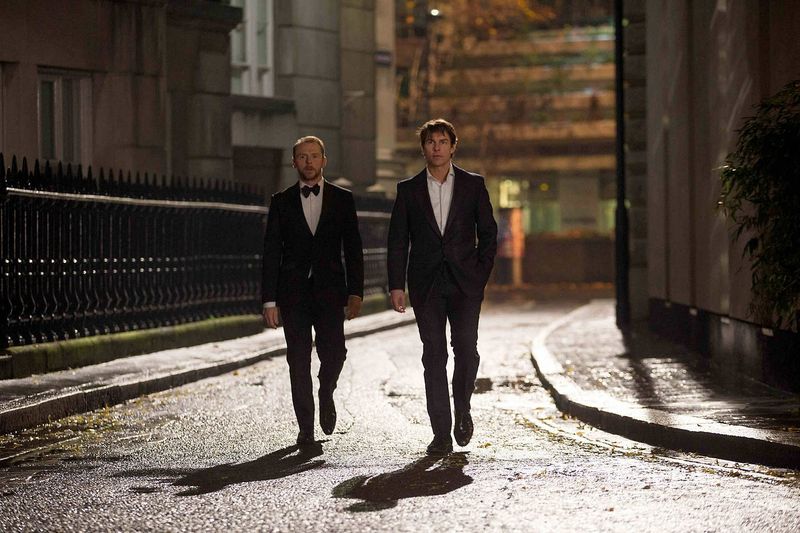
In the past, men walking on the street side of the sidewalk was a matter of chivalry.
This gesture aimed to shield women from splashes and street debris. It was a courteous act rooted in an era when streets were bustling with carriages and less-than-clean.
Fast forward to today, and such gestures have largely vanished, replaced by more pragmatic concerns like avoiding smartphone collisions. While chivalry isn’t dead, it’s certainly taken on new forms, leaving many puzzled over such dated rules of gentlemanly conduct.
3. Do Not Eat with a Fork in Your Right Hand

British dining etiquette once dictated the fork remain in the left hand while the knife stayed in the right.
This method was seen as the hallmark of refinement and civility. To modern diners, this may seem overly rigid, especially in casual settings or buffets.
Today, dining manners have relaxed considerably; people prioritize comfort and ease over strict adherence to such rules. This evolution underscores a shift towards practicality and personal preference, trading the rigid formality of the past for a more laid-back dining experience.
4. Handwritten Thank-You Notes Were Required for Everything
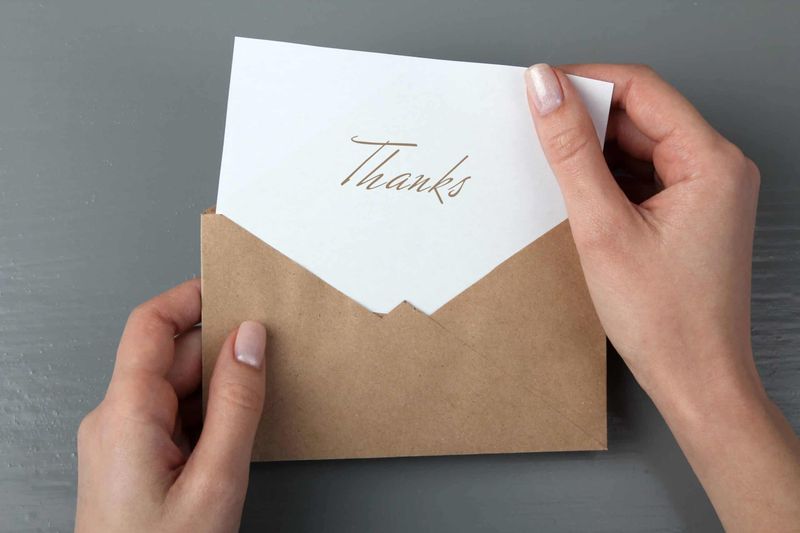
In times past, handwritten thank-you notes were non-negotiable. Whether for a gift, dinner invitation, or simple kindness, a note was penned to express gratitude.
This practice was a hallmark of good manners, emphasizing personal touch and sincerity. Today, the digital age has ushered in emails and text messages, making handwritten notes a rarity. While some still appreciate the gesture, it’s no longer a societal expectation.
This shift highlights how technology has streamlined communication, prioritizing speed over the charm and patience of crafting a heartfelt note.
5. Women Had to Wait for Men to Call on Them
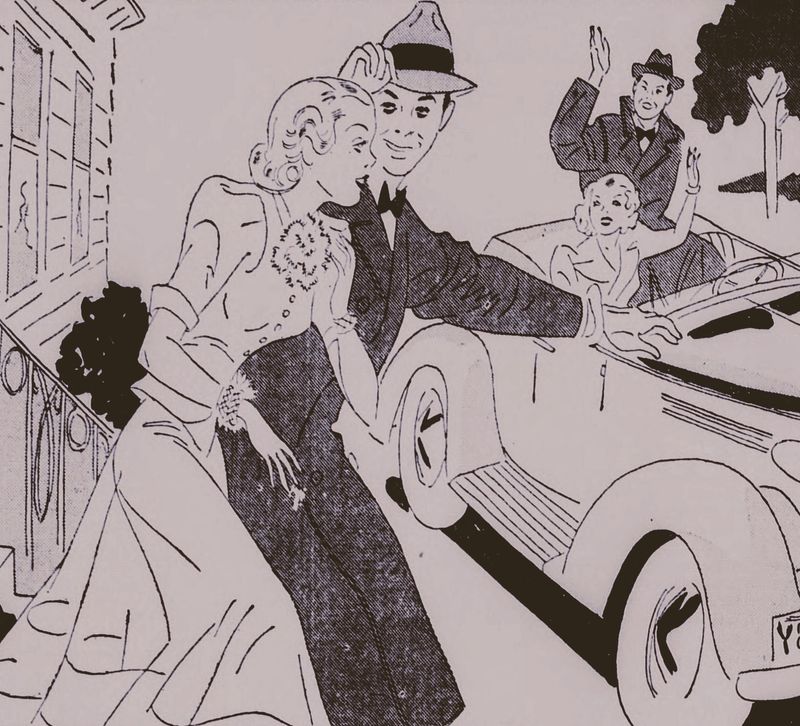
Once upon a time, women refrained from initiating contact with men, waiting instead for them to “call” or write first.
This was seen as demure and proper, embodying societal norms of courtship. In today’s fast-paced world, such rules would seem unnecessarily restrictive.
Modern relationships often start with a swipe or a text, ignoring such old-fashioned constraints. The evolution of communication tools has empowered individuals to take charge of their interactions, making the waiting game a relic of the past, providing more agency and freedom in relationships.
6. Hats Were Essential Outdoors—Even in Summer
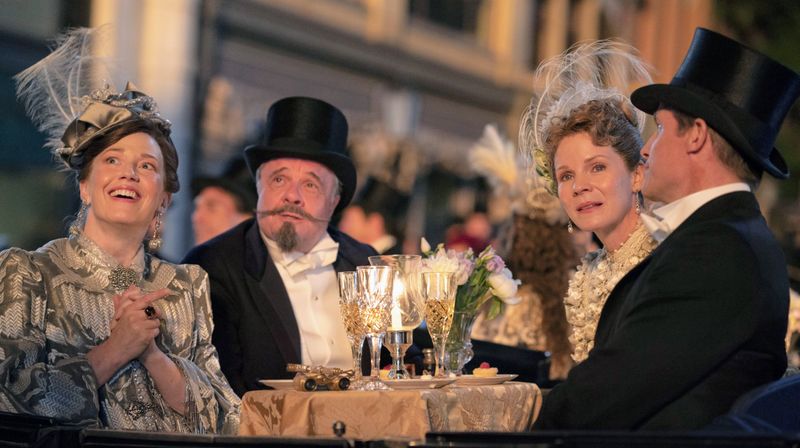
Hats were once a non-negotiable part of outdoor attire. Regardless of the season, stepping out without one was unthinkable.
Hats signified status and style, offering protection from the elements. Nowadays, hats are optional and often weather-dependent. This evolution reflects changing priorities—comfort and practicality often trumping fashion rules.
Today, hats are a fun accessory rather than a social necessity, worn for fashion flair or sun protection, with the freedom to go hatless without fear of public scrutiny. The hat has transitioned from a symbol of status to an expressive style choice.
7. A Lady Always Eats Before a Date

Women were encouraged to eat before going out, ensuring they appeared dainty and uninterested in food.
This notion reflected the antiquated belief that women should not show appetite. Modern dining has thankfully shed such absurd expectations – shared meals are now a common bonding experience.
Today, it seems antiquated to restrict one’s appetite in favor of outdated notions of femininity. Dining together is celebrated as an opportunity to connect and enjoy diverse cuisines, with hunger no longer seen as unbecoming but as an expression of individuality and shared enjoyment.
8. Do Not Shake Hands with a Woman Unless She Offers First

Traditionally, a man waited for a woman to extend her hand before initiating a handshake.
This rule underscored respect and acknowledgment of a woman’s personal space. Today, handshakes are more egalitarian, reflecting a mutual greeting.
The informality of modern greetings, from fist bumps to casual waves, highlights a shift towards comfort and equality.
In professional settings, this change emphasizes that respect can be conveyed without rigid protocol, acknowledging the evolving norms of personal interaction and social etiquette, fostering more inclusive and approachable environments.
9. You Must Dress for Dinner—Even at Home
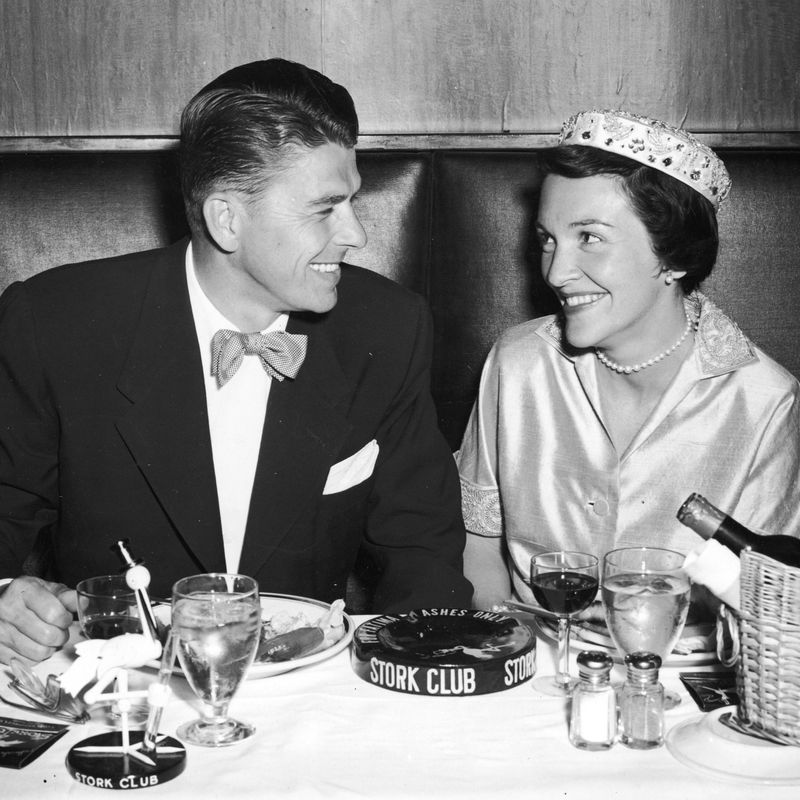
In earlier decades, dressing for dinner at home was a daily ritual, often requiring formal attire, even in private settings.
This practice was rooted in the importance placed on family meals and social presentation. Today, dinner tables are more likely to see casual wear, prioritizing comfort over formality.
This shift reflects changing lifestyles where the focus is on relaxation and convenience. The evolution of this rule highlights a broader cultural transition, valuing personal comfort and practicality over strict adherence to traditional norms, especially in the sanctuary of one’s home.
10. No Talking About Yourself Until Asked

Self-promotion was once considered vain and distasteful unless prompted by others. Social gatherings focused on mutual interest rather than personal narratives.
Today, the trend has swung towards embracing individuality and sharing experiences. This change underscores a cultural shift towards valuing personal stories and self-expression.
In an age of social media and personal branding, speaking about oneself is no longer taboo but encouraged, reflecting a society that places esteem on personal identity and experiences, fostering a culture of openness and shared individuality.
11. One Must Stand When Being Introduced
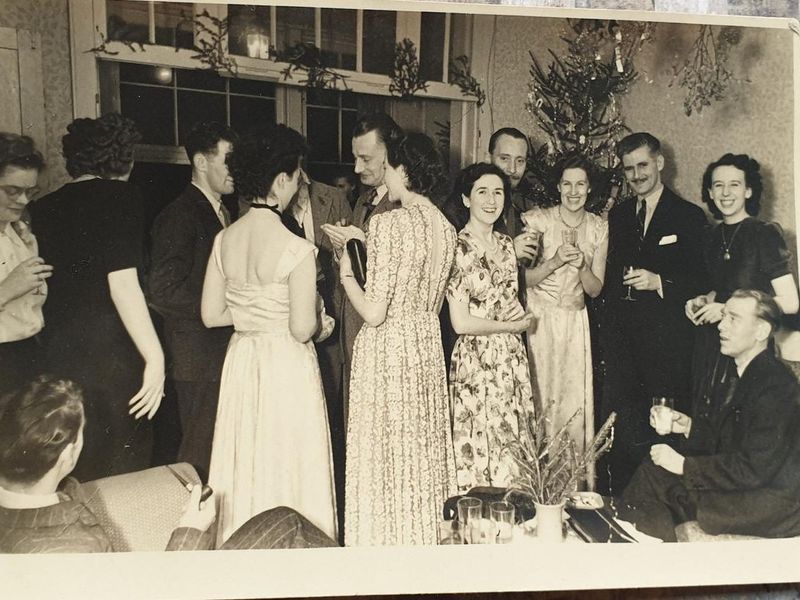
Standing upon introduction was once a sign of respect and attentiveness, a gesture acknowledging the other’s presence.
This etiquette prevailed in formal settings, emphasizing good manners. Today, social norms are more relaxed – people often greet each other from seated positions, especially in casual environments. This evolution reflects a broader shift towards convenience and informal interaction.
While respect remains important, the rules surrounding it have softened, allowing for more natural and comfortable exchanges, accommodating modern dynamics and fast-paced lifestyles.
12. Whistling Indoors Was Considered Bad Manners

Whistling indoors was once frowned upon, deemed disruptive and impolite.
It was believed to disturb the peace and was linked to superstition in some cultures. Today, such prohibitions are less prevalent, though whistling might still annoy some. Modern workplaces and homes embrace a diverse range of sounds and activities, reflecting a trend towards personal freedom and expression.
The evolution from strict noise control to more relaxed attitudes highlights changes in how we perceive communal spaces, balancing individual expression with consideration for others’ comfort.
13. Calling Someone During Mealtime Was Rude
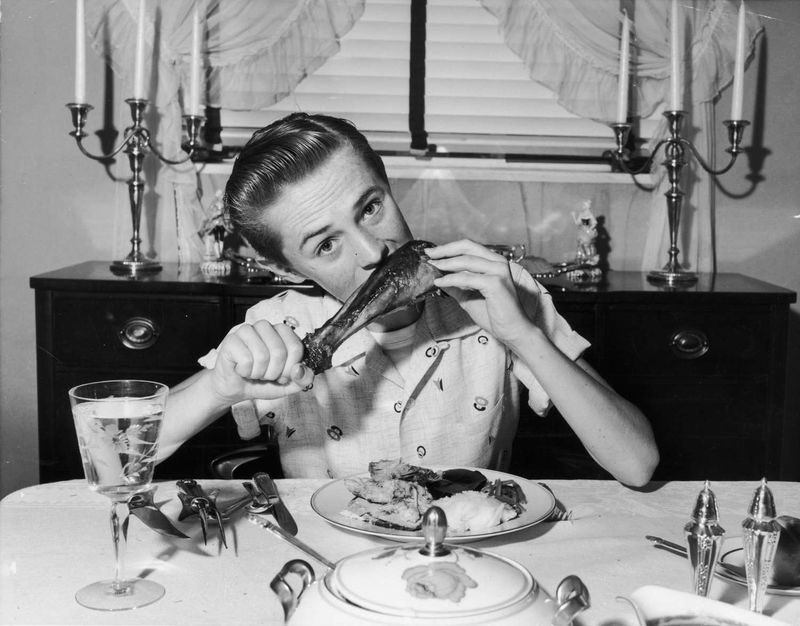
Interrupting a meal with a call or visit was once a breach of etiquette. Mealtime was sacrosanct, a time for family and focus on food.
Today, with smartphones in hand, interruptions are common, reflecting a shift in priorities. The constant connectivity of modern life has blurred such boundaries, though many still value uninterrupted meals.
This change illustrates a broader cultural adaptation to technology, where the lines between personal time and external demands are continually negotiated, emphasizing the importance of maintaining personal boundaries amidst technological advancements.
14. No Clapping at the End of a Church Wedding

Church weddings were solemn ceremonies marked by silent reverence rather than applause. Such restraint underscored the sacredness of the event.
Today, weddings often conclude with cheers and celebration, reflecting a more expressive approach to joy. This shift mirrors broader changes in how personal milestones are publicly acknowledged.
The evolution from silence to celebration highlights a cultural embrace of happiness and communal joy, encouraging shared expressions of support and excitement, transforming traditional ceremonies into spirited, memorable events for all involved.
15. No Ice in Drinks Unless You’re a Commoner

Ice in drinks was once deemed unsophisticated, mostly associated with common folk.
Aristocrats preferred their beverages at room temperature, a preference that seems odd to today’s iced-drink lovers. This rule reflected social class distinctions, with ice seen as a luxury for the masses. Modern tastes, however, have embraced the chill, with iced beverages becoming a staple of refreshment.
This change illustrates a democratization of taste preferences, where personal choice reigns supreme over rigid class-based distinctions, encouraging enjoyment over conformity to outdated norms of sophistication.
16. Children Should Be Seen and Not Heard
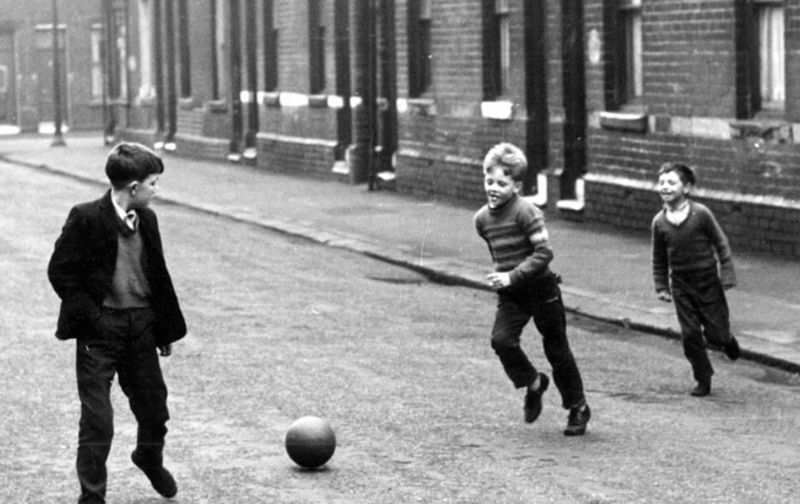
Children were expected to remain quiet and composed in adult settings, reflecting a time when obedience and restraint were prized.
Today, children’s voices and activities are more welcome, reflecting a shift towards valuing youthful exuberance and engagement. Modern parenting encourages expression and participation, emphasizing inclusivity and family interaction.
This evolution highlights changing perceptions of childhood, where children are seen as active participants in family life, fostering environments that support growth, learning, and joy, rather than silent observation, embracing the vibrant spirit of youth.
17. A Woman Could Not Refuse a Dance Without Good Reason

At formal balls, women were expected to accept dance requests, refusing only with valid reasons.
This rule was rooted in social politeness and the dynamics of courtly interaction. Today, personal choice and comfort take precedence, with individuals free to decline as they wish. The evolution of this etiquette reflects changing attitudes towards consent and autonomy, emphasizing mutual respect and individual preference.
This shift towards personal empowerment encourages a culture where choices are respected, fostering environments of inclusivity and understanding, moving beyond the constraints of traditional social expectations.
